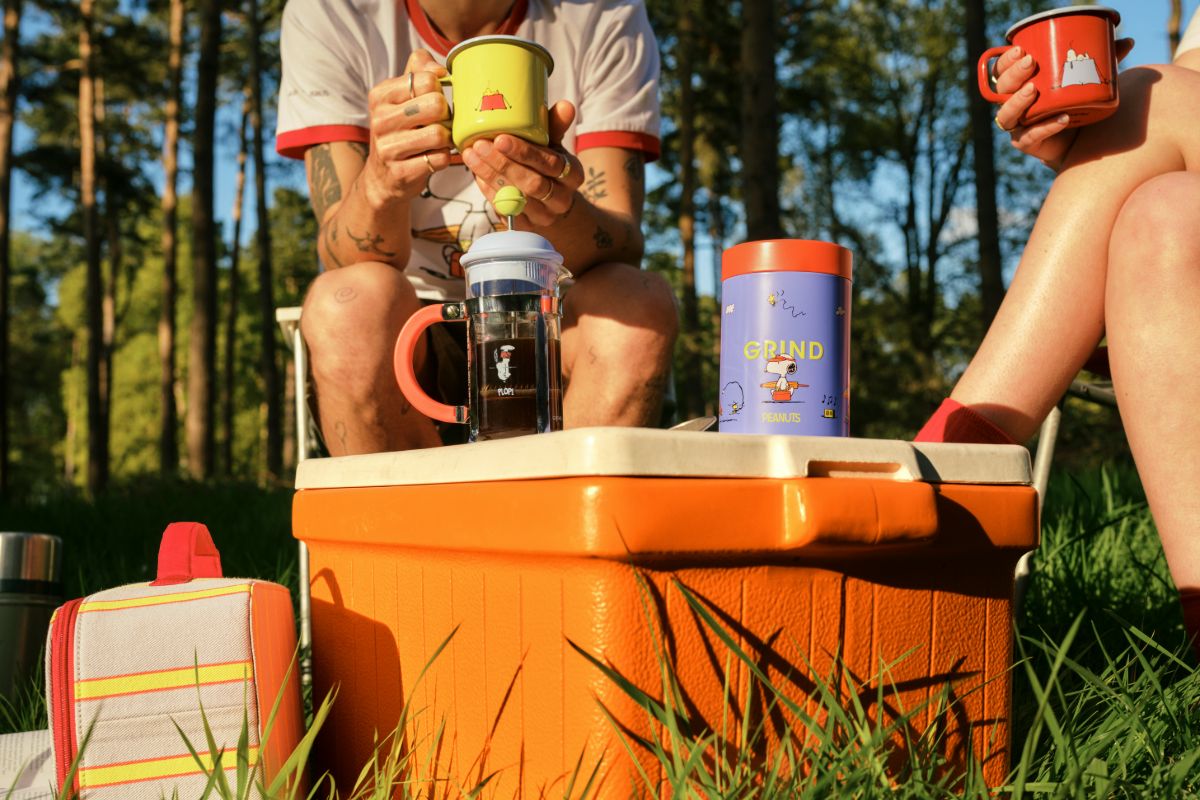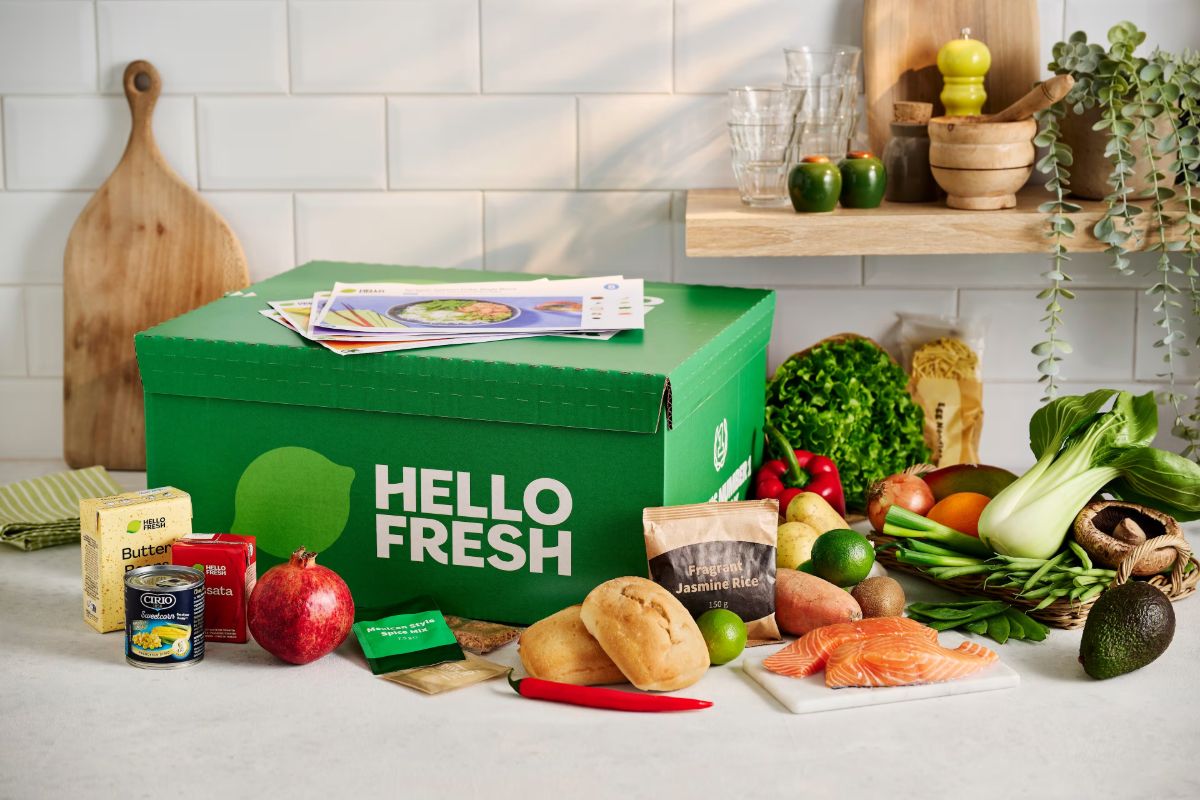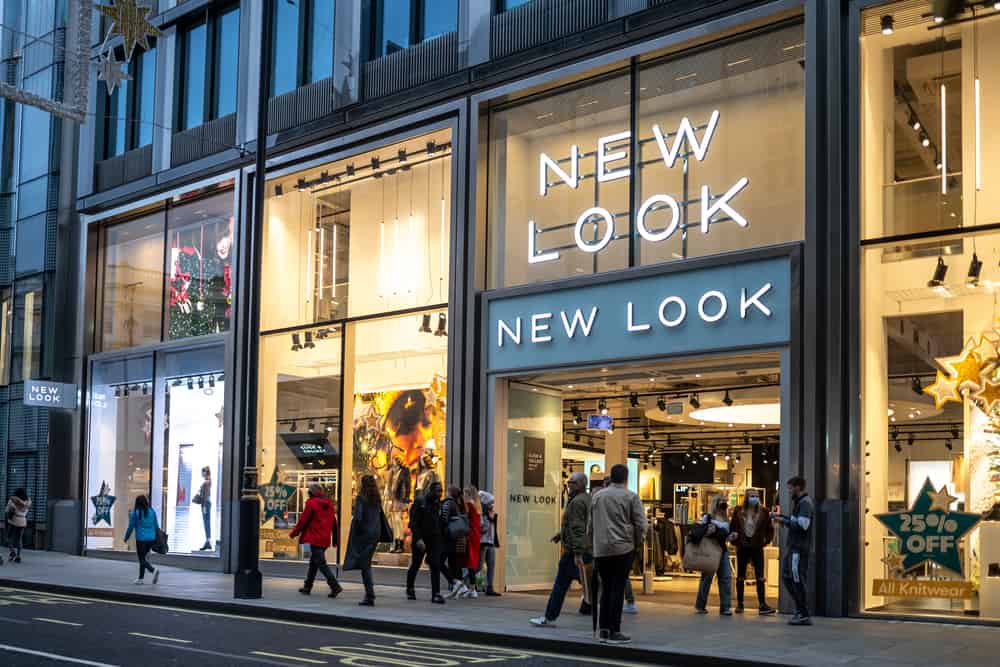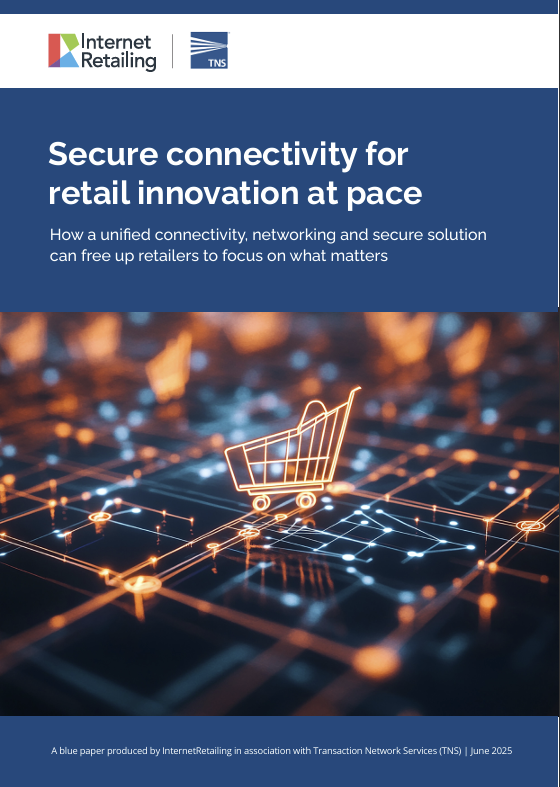Electric vehicles aren’t the only answer to lessening the impact of ecommerce fulfilment
Stand at the entrance to a housing estate or cul de sac on any weekday and watch the flow of different delivery vans and mopeds delivering post, online orders, groceries and other goods. Since consumers are doing more and more shopping online, the volume of parcels is rising and, subsequently, that final mile is being driven more often.
Across Europe, the majority of consumers shop online at least once a month. Many of the mature ecommerce markets experience a much greater frequency of purchasing, with some consumers making multiple orders each day. A lot of the behavioural changes that happened during the pandemic are sticking. Yodel’s parcel volumes are 30% above pre-pandemic levels and have remained at that high level even with fewer people working from home.
It is not surprising that carriers and retailers are switching to electric vehicles and delivery methods with less impact on the environment. Evri, which says it aims to become the UK’s most sustainable delivery business, has been trialling a variety of options in different locations to explore how they affect delivery efficiency as well as congestion and carbon emissions.
Early data from a trial in Bristol with Zedify – which is testing pedal-powered electric vehicles such as cargo bikes – shows a 13% increase in efficiency plus a 98% reduction in carbon emissions when parcels are delivered by bike rather than by a traditional van.
Zedify COO James Nellist commented: “We’re thrilled to be supporting Evri on their sustainability journey. It’s fantastic to see a leading parcel carrier embracing an innovative approach to sustainable urban logistics. Zedify offers a genuine, scalable alternative to diesel vans and electric vehicles (EVs) in cities. As demonstrated by this trial, it’s not only the dramatic cuts in emissions which stand to be gained, but with a 13% increase in productivity, cargo bikes are proving they can keep last mile costs under control, too. We look forward to expanding the partnership into our network of UK cities, to achieve even greater efficiencies for Evri and their customers.”
Cargo bikes are not just a UK phenomenon. Dutch courier network Bringly is expanding its sustainable same day delivery network in Germany. The company is connecting urban cycle couriers through its software to deliver parcels from stores and hubs in ten German cities.
In the Netherlands, Sweden, Italy and France, H&M is enabling its customers to receive or return items using a bicycle delivery service, while customers in Sweden, Norway and parts of Germany can have their order delivered to climate-controlled smart lockers. Grocers are also adopting electric vehicles, with Waitrose & Partners in the UK aiming to have moved away from fossil fuels completely by 2030, netting them a saving of an estimated 70,000 tonnes of CO2 every year. Amazon – which in 2020 used EVs to deliver 20m parcels in the US and Europe – will have 100,000 such vehicles in its fleet by the end of this year, all of them designed specially for the company by EV startup Rivian.
Retailers and carriers alike have also been testing delivery on foot. As a measure of what this means, Evri claims that eight people with the aid of two of its electric vans delivered 75,000 parcels on foot in London, enabling it to keep six of its diesel vans off the road. Although making the switch to electric vehicles, cargo bikes and on-foot delivery options reduces delivery emissions, there is more that retailers and carriers could do to not only cut emissions but also increase efficiency. The main one being reducing failed first-time deliveries.
SORRY YOU’RE OUT
It’s estimated that 8% of online orders aren’t delivered at the first attempt, all at a cost to retailers, carriers and the planet. Rather than waiting for a failed first delivery, consumers could divert their parcel from a home delivery to another method before it is sent out to them. In-flight changes from home delivery to collect from a locker or shop have the potential to reduce a parcel’s carbon footprint by up to 90%, according to Evri.
One place to which they are being redirected is parcel lockers and pick-up drop-off locations (PUDO) such as convenience stores. PUDO is widespread in Scandinavia, where PostNord has invested widely in the infrastructure so people are never very far from a collection point. The majority of ecommerce parcels are collected rather than delivered to consumer homes. This includes a mix of items specifically chosen for delivery to a collection point and those that have been delivered there by a carrier having failed with a first delivery to the customer’s home.
Of course, any advantage for the planet needs a parcel locker or PUDO location to be in a convenient location for the consumer and not require them to make an additional journey to collect their parcel. As published in previous InternetRetailing sustainability reports, a consumer who travels to the shops by car needs to buy 24 non-food items in one journey to account for the equivalent CO2 emissions of a single online delivery.
As Tim Robinson, CEO of PUDO technology company Doddle, explains, PUDO was originally the premise of carriers and postal incumbents. The increasing volumes of ecommerce orders – and later returns – saw Doddle launching its own network of carrier-agnostic PUDO points, mainly at train stations, so shoppers could collect their online orders on their way home from work. If a carrier is paid £3 to collect an order from a retailer and deliver it to the customer’s home, 40% of that cost is the final mile consisting of the van and impact of a missed delivery and having to leave a ‘sorry you’re out’ card.
Doddle and other PUDO networks negate some of that cost and, in the right circumstances, additional level of traffic and mileage as carriers make repeated delivery attempts.
Another country that has really embraced PUDO is Poland, where InPost and others have invested in a network of lockers; in some locations banks of them from three or four companies are placed together. It’s believed that Poland has the world’s highest density of parcel lockers per 100,000 consumers, with as many as 25,000 installed.
About 50% of all orders are delivered using this method in the country and 97% of the population say they have collected an online order from a locker at some point. Polish marketplace Allegro has been a big driver behind consumers embracing this way of receiving parcels since it took the decision to push lockers as a first-choice delivery option for orders. The marketplace highlights how retailers can influence the delivery choices that consumers make at the checkout.
The experience in Poland also shows how multiple lockers can negate any emissions reductions since a number of companies still have to deliver to the same location. Is it therefore possible to operate a carrier-agnostic network or collaborate and consolidate parcels further back in the delivery process? This is being done in Singapore, where a network of 1,000 lockers is available for all carriers and retailers to use, although the country is smaller and more densely populated than Poland. During an initial trial, it was found that four times as many parcels could be delivered to the lockers as prior doorstep deliveries.[1]
INCREASING EFFICIENCY
Along with eliminating failed deliveries, reducing overall mileage and improving the efficiency of existing vehicles also lessen the environmental impact of ecommerce. Yodel has installed sat-nav and driver monitoring technology in its fleet. The technology “allows us to map the best routes and to monitor the driver’s behaviour so they don’t exceed speed limits and they don’t have excessive breaks between deliveries and we get more fuel economy,” Yodel CEO Mike Hancox explains.
Carriers everywhere are increasing efficiencies and investigating – if not investing – in more sustainable delivery methods as urban low emissions zones are introduced, making driving in city centres more inconvenient or expensive. Retailers are helping by enabling consumers to actively choose a cycle delivery or low impact delivery method, or pay to offset the emissions from their parcel delivery, thus taking positive action. Telematics and suggesting timed delivery slots to customers for when another customer order is being delivered also decrease the impact of the final mile on emissions.
The question is whether consumers would choose a delivery method based on the most sustainable route or method. According to Metapack, almost 32% say they would pick an environmentally friendly final mile solution over other considerations. So, for carriers and retailers, choosing a technology driven route as a starting point to zero-carbon deliveries could be win-win all round.
However, sustainability is not the main issue that retailers are taking to the table when talking with carriers. “Price is still the most important thing when you talk to most retailers, but it’s definitely going up the agenda in terms of the decision-making tick boxes that they’re looking for,” Hancox says. Sustainability is only going to grow in importance. Carriers can’t invest to the point that they start to lose money, but they do have to think cleverly and tactically about how they can do more to reduce the CO2 emissions of the ecommerce final mile
This feature first appeared in RetailX Sustainability 2022 Report. Download the full report here.
References:
[1] www.ti-insight.com/briefs/poland-suffers-from-parcel-locker-overload









